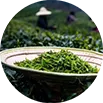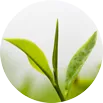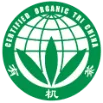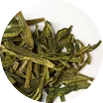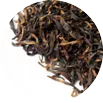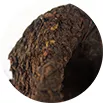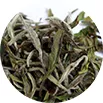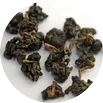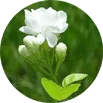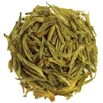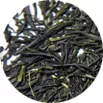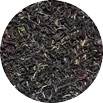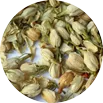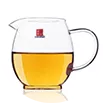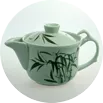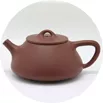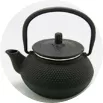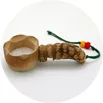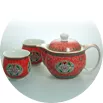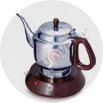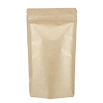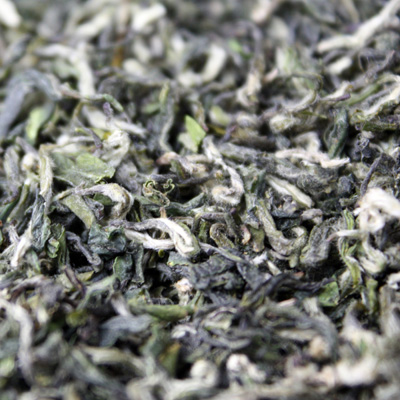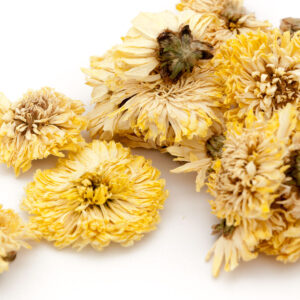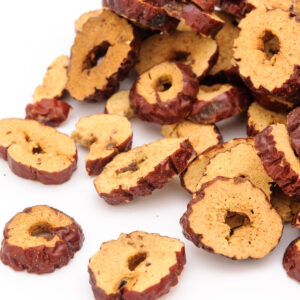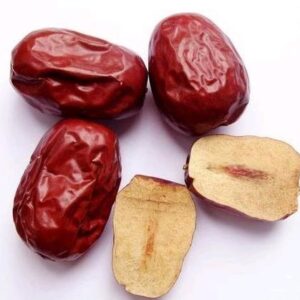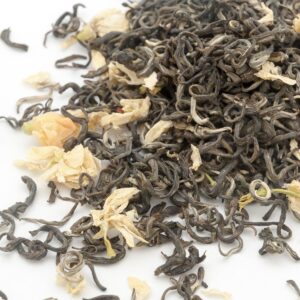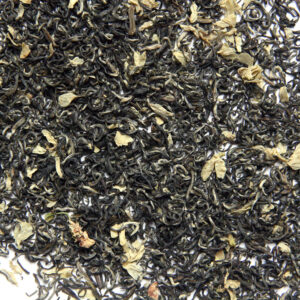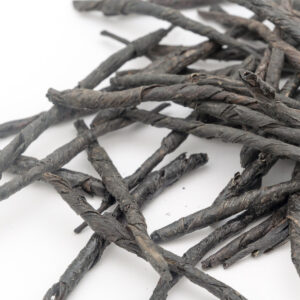| Weight | N/A |
|---|---|
| Origin | |
| Place | |
| Harvest | |
| Character |
Bi Luo Chun
Please, login to see prices and buy
“Green Snail Springtime” – Very fine green tea that needs to be picked in early spring, as soon as the first tender leaves appear, as the contents of amino acids and tea phenols is highest. The tea must be processed on the same day as it was picked. And the whole process (picking, drying and rolling) must be completed by night.
Bi Luo Chun has seven different classes of quality – the lower the class, the larger the leaves and vice versa. For higher grades, the drying temperature used is lower and the leaf handling more careful. The aroma of dry tea is indescribable, almost honey like, the leaves are twisted into miniature, richly haired spirals. The infusion has a slightly emerald color with a full, yet very fresh taste.
Related products
Chrysanthemum (ju hua)
Chinese Jujube (zao)
Bi Tan Piao Xue
"Snow Falling on Jade-Green Pool" - a beautifully poetic name hides a high-quality green tea from the early spring harvest from Mount Meng Ding which was richly scented with the best autumn jasmine, even in a ratio of 5: 1 (5 kg of jasmine flowers were used per 1 kg of tea).
Jasmine flowers are also abundant in the tea itself (although they no longer add other aromas - they have an aesthetic effect and give meaning to the poetic name of the tea).
The tea is a distinctly jasmine-sweet fruit flavor with a rich aroma that lasts for many pours.
Holly (ku ding)
Big-leaf holly (ku ding) is one of many holly trees (Paraguay, sharp-leaved, serrated, canary, precise, round, Altacraren, blue). It is an evergreen tree with a height of 20m. The leaves are green and uneven. The fruit is red and spherical. It has an anti-inflammatory, calming liver. It lowers blood pressure and cholesterol levels.



